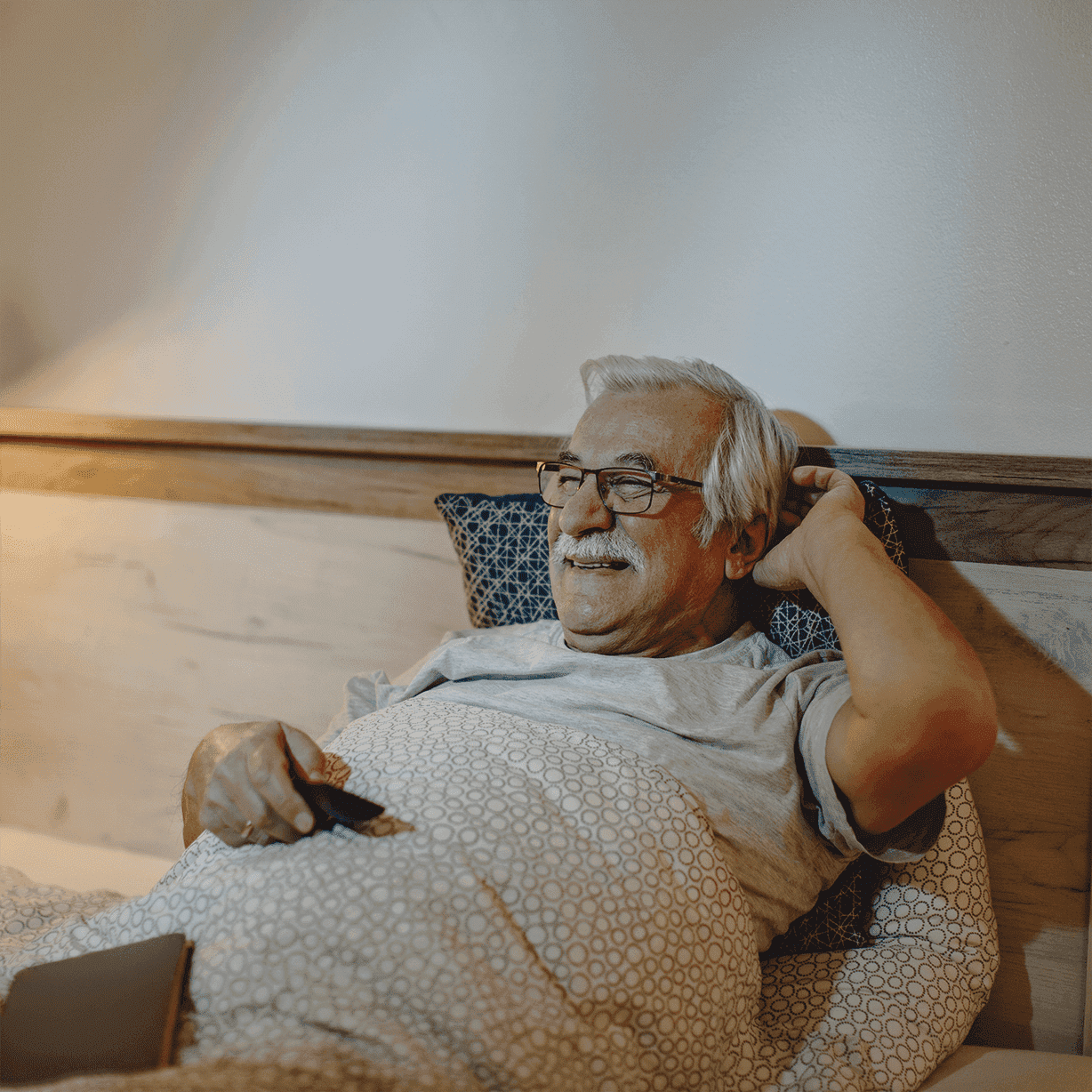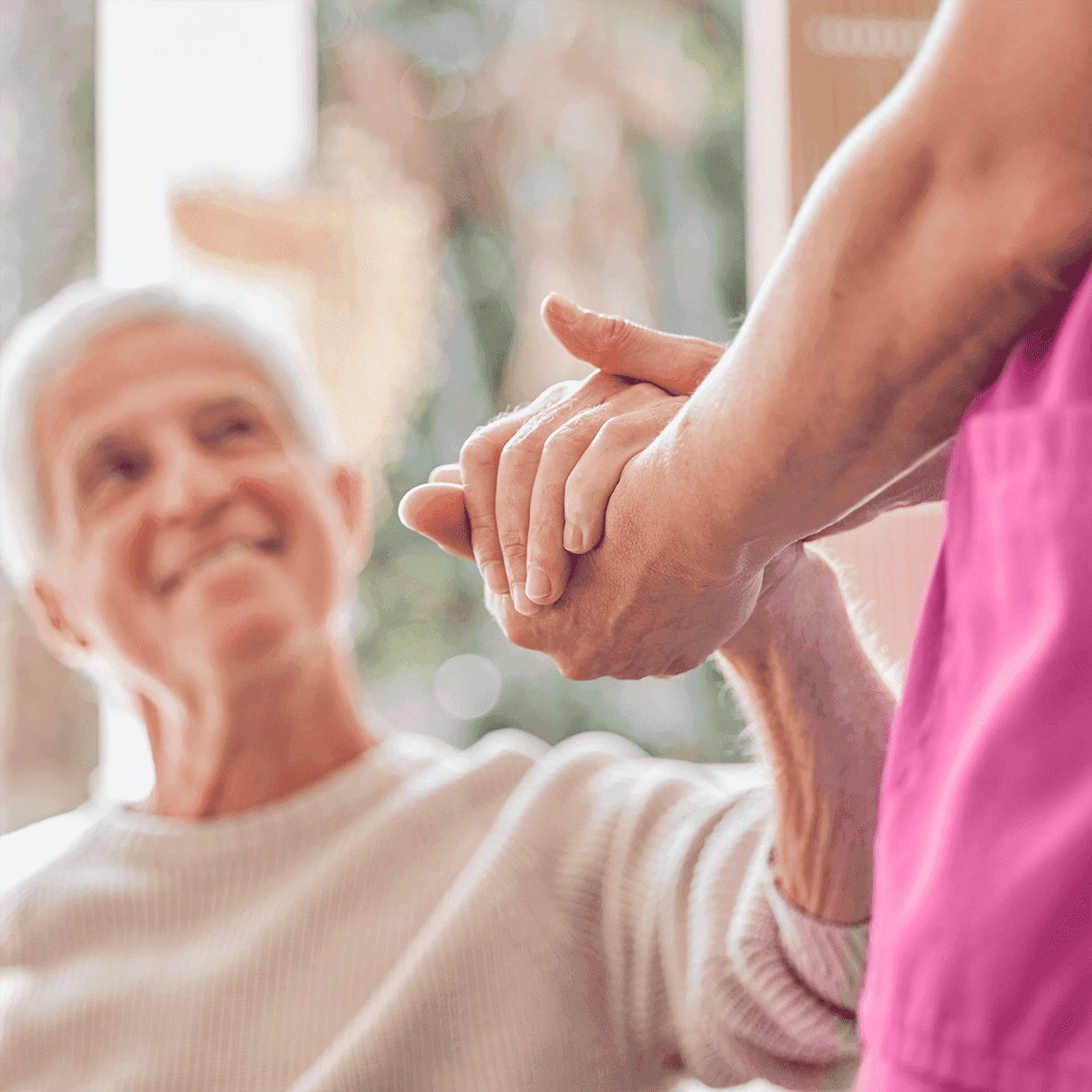
Preventing Accidents: Home Safety Checklist
Preventing Accidents: Home Safety Checklist
As our loved ones enter their golden years, their home – a place of comfort and memories – should also be a sanctuary of safety.
Preventing Accidents: Home Safety Checklist for Seniors
Preventing Accidents: Home Safety Checklist for Seniors
As our loved ones enter their golden years, their home – a place of comfort and memories – should also be a sanctuary of safety. However, as mobility decreases and health challenges emerge, what was once a safe haven can present new risks. The good news? Many home accidents involving seniors are preventable. With some simple adjustments and proactive measures, we can significantly reduce these risks and provide a safer environment for our aging family members. Let’s explore how a home safety checklist can be a crucial step in safeguarding the well-being of seniors.
Uncovering Hidden Dangers at Home
Uncovering Hidden Dangers at Home
Think about this: falling at home is a lot more common than most of us realize, especially for those in their later years. The Centers for Disease Control and Prevention throw out a startling number – one out of every four Americans over 65 takes a tumble each year. But these aren't just cold stats; they're a wake-up call about what can happen in the very spaces we consider safe. Recognizing these dangers is where we start making a difference. It's not just about being extra careful; it’s about smart, practical tweaks in our homes that can cut down on these risks big time.
Simple Steps to a Secure and Safe Home Environment
Simple Steps to a Secure and Safe Home Environment
Creating a safe home for seniors doesn’t require extensive renovations. Often, it’s the small things that make the biggest difference. Start by ensuring that walkways are clear of clutter and loose cords. Adequate lighting is crucial, particularly in stairways and hallways. Rugs should be secured with non-slip pads, and frequently used items should be within easy reach, eliminating the need for step stools.
Bathroom Safety Overhaul for Senior Well-being
Bathroom Safety Overhaul for Senior Well-being
The bathroom can be one of the most hazardous areas for seniors. Start by installing grab bars in the shower and near the toilet – these can be lifesavers. A non-slip mat in the shower or tub is essential to prevent slipping, and consider a shower seat and a hand-held showerhead for added safety and convenience. Also, keep a close eye on water temperature settings to prevent scalding, a common but often overlooked hazard.
Cooking Up Safety in the Senior-Friendly Kitchen
Cooking Up Safety in the Senior-Friendly Kitchen
Kitchens need to be practical and safe. Arrange the space so that everyday items are easy to reach, eliminating the need to use a step stool. If there are sharp kitchen tools, ensure they are stored safely. Consider using appliances with automatic shut-off features and clearly visible controls. And don’t forget about fire safety – having a working fire extinguisher within reach and regularly checking smoke detectors are vital steps.
Ensuring Nighttime Safety and Comfort in the Bedroom
Ensuring Nighttime Safety and Comfort in the Bedroom
A safe bedroom can significantly reduce the risk of accidents. Ensure the bed is at a height that makes it easy to get in and out of. Place a lamp and a phone within arm's reach of the bed, so your loved one doesn't have to walk around in the dark. If needed, bed rails can provide extra support and prevent falls during the night. Also, consider nightlights along the path to the bathroom for better visibility.

Securing the Living Area for Everyday Peace of Mind
Securing the Living Area for Everyday Peace of Mind
In the living areas, arrange furniture to create clear walking paths. Secure rugs to the floor to prevent tripping, and ensure cords and cables are out of the way. If your loved one uses a mobility aid, make sure there’s enough space to move around comfortably. Good lighting is key here too – it should be bright enough to see clearly but not so harsh as to cause glare.
Emergency Ready: Crafting a Plan for Safety
Emergency Ready: Crafting a Plan for Safety
Being prepared for emergencies is crucial. Ensure that your loved one knows where the main switches for water, gas, and electricity are located and how to turn them off. Keep a list of emergency contacts and any medical information in an easily accessible place. Install smoke and carbon monoxide detectors in key areas, and regularly check that they are functioning. Also, consider having a readily accessible emergency kit with basic supplies and a plan for what to do in case of different types of emergencies, like a power outage or a natural disaster.
Maintaining Safety Through Regular Home Care
Maintaining Safety Through Regular Home Care
Regular maintenance is key to a safe home environment. This includes checking that all electrical appliances are in good working order, ensuring heating and cooling systems are functioning properly, and keeping gutters and walkways clear. Regular checks can prevent many accidents caused by faulty equipment or accumulated wear and tear. It’s also a good idea to schedule annual professional checks for major systems in the home.

Bringing in Experts for Optimal Home Safety
Bringing in Experts for Optimal Home Safety
Sometimes, getting a professional perspective is key, and this is where companies like Life Home Care truly make a difference. We offer a broad spectrum of specialized home care services, including Hourly Care, Case Management, Live-In Care, and much more. Whether you need Companionship, Transportation, Respite Care, Overnight Care, or even Discharge Coordination and Medication Management, our skilled team is ready to provide support.
Additionally, for those specific home safety needs that extend beyond our direct services, Life Home Care has a network of trusted vendors. From occupational therapists to home safety experts, we ensure every aspect of your loved one's living environment is assessed and adapted for maximum safety and comfort. Don’t hesitate to seek our advice, especially when considering significant changes, or if your loved one faces health challenges that require special accommodations. With Life Home Care, you're not just getting expertise, but a genuine commitment to the well-being and safety of your loved ones.

Empowering Safety and Independence
Empowering Safety and Independence
In wrapping up, remember that transforming a senior's living space into a safe and secure environment is a proactive journey, not just a one-time effort. We've compiled a checklist that is your starting point. It's designed to guide you through the crucial steps, helping you to systematically evaluate and enhance each aspect of your loved one's home. By ticking off these items, you're not only preventing accidents but also fostering a sense of independence and confidence in your senior family members. So, take this checklist, walk through their home, and make those vital safety adjustments. Together, we can create a safer space that allows our seniors to thrive and enjoy their everyday life with peace of mind.
Home Safety Checklist for Seniors
General Home Safety
Clear walkways of clutter and loose cords.
Install adequate lighting, especially in hallways and stairways.
Secure rugs with non-slip pads.
Place frequently used items within easy reach.
Bathroom Safety
Install grab bars in the shower and near the toilet.
Use non-slip mats in the shower or tub.
Consider a shower seat and hand-held showerhead.
Adjust water heater to prevent scalding.
Kitchen Safety
Keep everyday items in easy-to-reach locations.
Store sharp tools safely.
Use appliances with automatic shut-off features.
Keep a fire extinguisher and check smoke detectors regularly.
Bedroom Safety
Ensure the bed is at an accessible height.
Place a lamp and phone within reach of the bed.
Use bed rails if necessary.
Install nightlights for the path to the bathroom.
Living Area Safety
Arrange furniture to create clear paths.
Secure carpets and remove tripping hazards.
Ensure adequate space for mobility aids.
Provide bright, glare-free lighting.
Emergency Preparedness
Know locations of main water, gas, and electricity switches.
Keep a list of emergency contacts and medical information accessible.
Install smoke and carbon monoxide detectors.
Have an emergency kit and evacuation plan ready.
Regular Home Maintenance
Regularly check electrical appliances.
Ensure heating and cooling systems are functional.
Keep gutters and walkways clear.
Schedule annual checks for major systems.